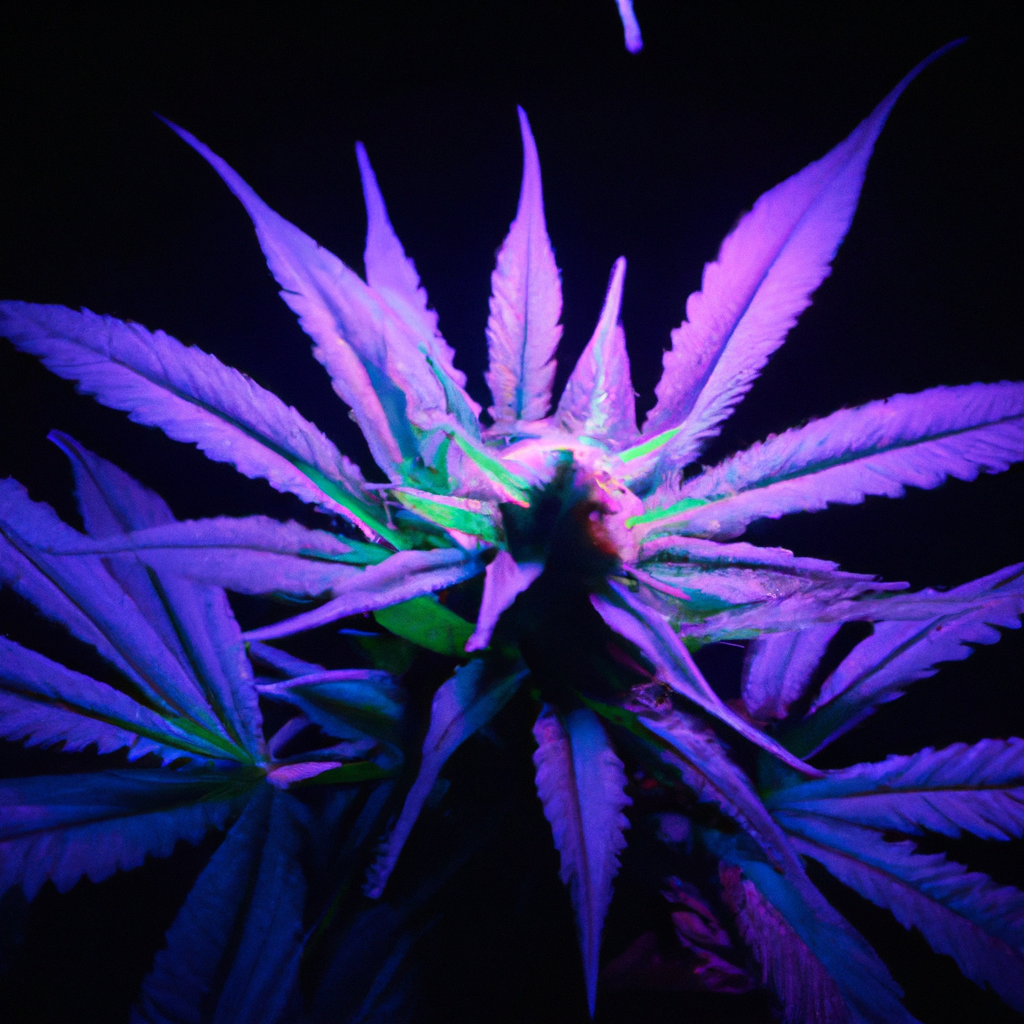Your cart is currently empty!
“`html
Managing light effectively is crucial for successful cannabis cultivation, impacting growth, yield, and overall plant health. Whether growing indoors or outdoors, understanding the dynamics of light can elevate your cannabis cultivation game.
Understanding Light Spectrums and Their Impact
Light spectrum encompasses the range of light wavelengths plants use during photosynthesis. Different stages of cannabis growth require specific light spectrums for optimal results:
- Seedling Stage: Blue light (400-500 nm) supports leaf development and compact growth.
- Vegetative Stage: Predominantly blue light aids in foliage growth and root development.
- Flowering Stage: Red light (620-780 nm) promotes budding and flower production.
Utilizing the correct spectrum boosts efficient photosynthesis and accelerates plant development.
Implementing Ideal Light Cycles
Light cycles are equally important as the spectrum. They regulate growth phases, mimicking natural sunlight patterns:
- Vegetative Growth: An 18/6 light cycle (18 hours light, 6 hours darkness) encourages vegetative growth.
- Flowering Growth: A 12/12 cycle triggers flowering by simulating fall sunlight duration.
Consistency in light cycles ensures sturdy plant development and potent yields.
Strategic Light Management for Indoor Cultivation
Indoor cannabis growers control their light environment. Consider these strategies to maximize results:
- Positioning Lights: Hang lights to evenly disperse illumination. Adjust height according to plant growth to prevent light burn.
- Reflective Surfaces: Use reflective materials like Mylar or white paint to efficiently redirect light and minimize waste.
- LED Lighting: Energy-efficient LEDs provide comprehensive spectrums, allowing precise control over growth stages and reduced energy costs.
Overcoming Light-Related Challenges
Managing light sources comes with its own set of challenges. Here are common issues and solutions:
- Light Burn: High-intensity lights too close to plants cause damage. Maintain adequate distance and monitor plant response.
- Uneven Light Coverage: Utilize multiple light sources or reflective materials to balance coverage and promote uniform growth.
- Excessive Heat: High heat affects plant health, so ensure proper ventilation and use cooling options if needed.
Conclusion
Optimal light management is vital for high-quality cannabis growth. By understanding light spectrums, implementing precise light cycles, strategizing indoor setups, and addressing challenges, growers can enhance crop quality and yield. Whether a novice or seasoned cultivator, leveraging light effectively will push your cultivation prowess to new heights.
Remember, every plant is unique, so tailor your approach to suit specific needs.
Tags: CannabisCultivation, LightManagement, IndoorGrowing, LightingTechniques
“`
Discover more from Magic Clones
Subscribe to get the latest posts sent to your email.


Leave a Reply